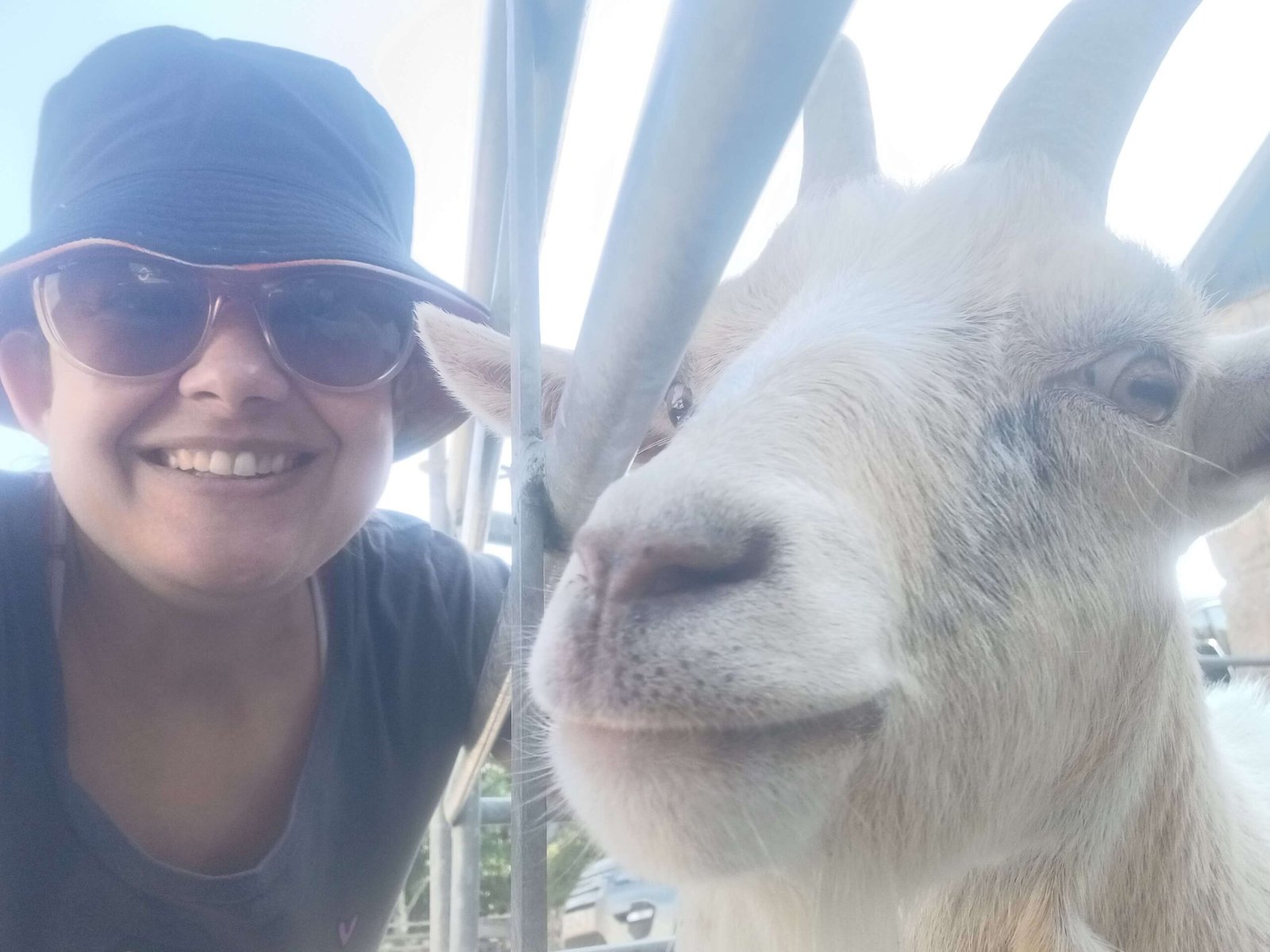Start with what children do best: notice
Kids notice everything. A brass door knocker shaped like a lion. The smell of bread drifting from a side street bakery. A statue with a missing toe. When you plan a trip around that natural curiosity, you do not water down your experience. You deepen it. At Londunnit, we design routes that treat children as engaged explorers, not passengers who need to be entertained on the sidelines. The result is a day that feels richer for adults and calmer for kids.
Think of a walk as a string of short, vivid scenes. Ten minutes watching street artists set up. Five minutes counting weather vanes above a market hall. A quick taste of something new at a stall. A brief stop in a courtyard to hear how a great fire reshaped the city. Small scenes add up to a big picture. Parents stay relaxed because there is always a next thing close by, and no one is asked to march across the city just to tick a box.
Build the day around rhythm, not sacrifice
The secret to family travel is rhythm: reset points, varied spaces, and moments to choose. We keep distances short, mix indoor and outdoor stops, and place restrooms and snacks at natural intervals. A good route will move from movement to stillness and back again. This rhythm helps adults absorb the story while children manage their energy. It is not a compromise. It is good design.
Hands stay busy. We look for places where touching is welcome: a stone from the old city wall, a brass letter at a printmaker’s shop, a pressed herb in a pocket notebook. We add simple challenges that make history feel close. Count the dragons that guard a boundary. Spot the oldest date on a doorway. Find three animals hidden in a coat of arms. These tasks are small, but they create focus and pride.
Choice matters. At several points we offer two options: a quiet garden or a gallery room, a canal path or a covered market lane. Families pick what fits their mood. That control keeps morale high and teaches kids how to travel thoughtfully. Adults enjoy the same benefit. You are never trapped by a rigid plan.
Eat, learn, and move like locals
Food is part of the story, not a stopgap. We favour shops where owners greet us by name and are happy to explain what is in season. A bakery might set aside warm buns for our arrival. A cheesemonger may offer a taste and a tale about a regional style. When children connect a flavour to a person, they remember it. Parents like knowing the money supports independent businesses.
Learning is layered. We tell short, clear stories that land in one minute. Then we build on them as we walk. If a child asks a great question, we follow it. If a toddler needs a breather, we adjust the order so the next stop has seating and shade. Flexibility is not a backup plan. It is the plan.
Movement is gentle and safe. Routes avoid heavy traffic where possible. Crossing points are chosen for visibility, and we keep groups small enough for quick headcounts. For prams, we identify step-free options and lifts before we set out. For older children, we include chances to lead the way for a block or read the map. That responsibility feels exciting and gives adults a short pause.
At the end of the day, you should feel that you saw a complete city, not a version edited for children. You will have walked real streets, met real people, and learned how London fits together. You will also have avoided meltdowns, hunger dips, and long slogs between sights. That is not luck. It is planning.
Plan your family day with confidence
If you want help turning ideas into a route that fits nap times, school ages, and interests, speak with London Group Tour Specialists who know how to balance depth with ease. Or come out with Londunnit and ask for a family tour guide in London who builds in games, rests, and choices without losing the thread of the story. Traveling with kids should not mean compromise. It should mean company, perspective, and the joy of seeing a great city through fresh eyes together.


